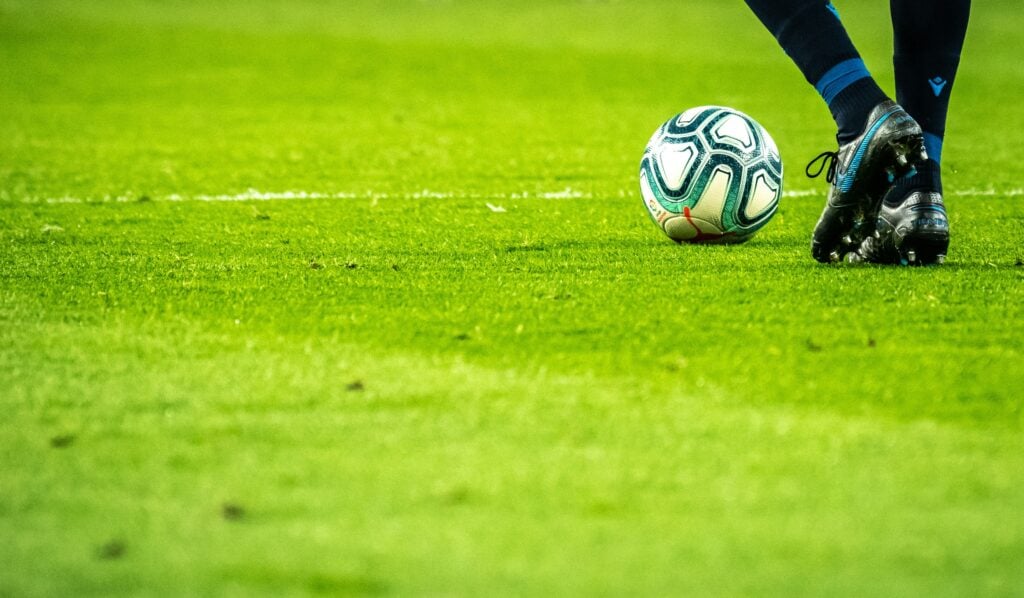
Anticipation builds: Conor Bradley could see a card
Although poker and football seem worlds apart—one a cerebral card game, the other an athletic spectacle—they share a strategic core. Both require competitors to outthink their opponents, whether it's eleven players striving to score a goal or a solo player at a poker table reading the room. Football captivates millions, known for its demand for both physical prowess and a keen tactical mindset, where smart planning and split-second decisions can change the tide of the game.
Poker takes a different approach as a solo sport centered on outsmarting opponents with mental acuity and strategic prowess. Here, it’s about reading people and plays, crafting the art of the bluff, and calculating risks to win the pot. While football thrives on physical endurance, poker requires a poker face and an understanding of the human psyche. skilful betting At first glance, it might seem that football has little to learn from poker's mind games. Yet, when it comes to the art of bluffing, the crossover becomes clear. Bluffing, acting stronger than your cards, demands timing, courage, and conviction—skills transferrable to the football pitch.
A well-timed bluff in poker, grounded in careful observation of opponents, distinguishes the average from the exceptional player. We’ll explore how these poker tactics can translate to football, optimizing players' skills on the field through controlled deception.
In poker, players sometimes bluff when holding weak cards to convince others with strong hands to fold. This involves strategically betting to project a false strength, with the aim of winning by illusion, never showing the actual hand.
Bluffing, though seemingly straightforward, involves perfect timing, understanding the game's flow, and analyzing opponents' tendencies. This allows players to predict reactions, much like in football, where hiding true intentions can be a game-changer.
While not coined as bluffing, football uses deception—sudden changes, feints, and unpredictable passes—as a tactic to outsmart defenses and forge scoring opportunities. Moves like the 'Cruyff Turn' are iconic methods of deceiving opponents.

Lionel Messi’s legendary feints and Ronaldinho’s charismatic no-look passes exemplify how footballers use deception to outwit defenders. These require not only skill but also strategic planning to influence the game’s rhythm and exploit defensive flaws, adding depth to a team’s playbook. footballer Johan Cruyff Footballers have an array of deceptive techniques already, but they could benefit from poker elements when opportunities arise. Coaches can implement bluff-inspired drills, enhancing game unpredictability and sharpening players’ reflexes for real-match scenarios. While these skills can diversify tactics, overuse could lead to unwanted predictability.
At WhichBookie, we're committed to providing top-notch insights and exclusive offers daily. Note that we receive compensation from some links on this page.
Fact To File's Hyped Ryanair Reckoning: A Star at Cheltenham 2025?
